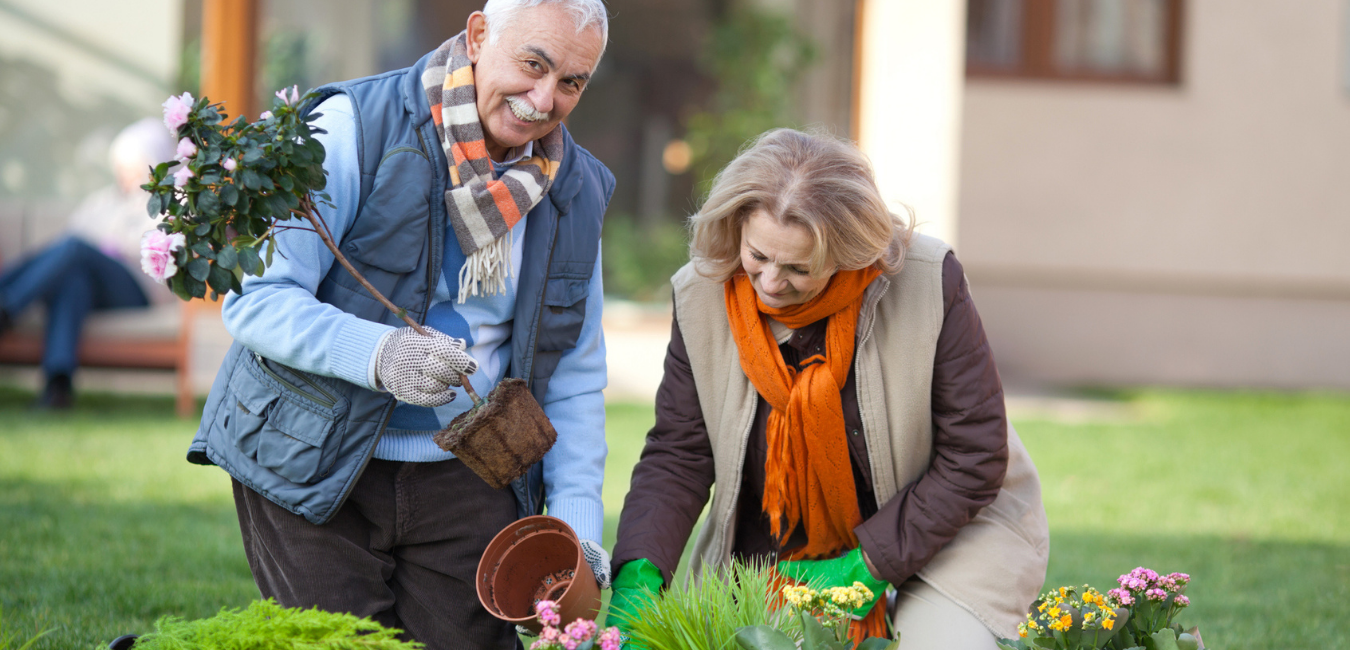By Regents Garden on 09/12/2020 6:53:53 AM
The old cliché that people living in retirement must slow down and enjoy only the lighter forms of activity is being busted. These days the retirement community is breaking that mould and breaking into new and more vigorous forms of activity. It’s a phenomenon reflecting higher awareness of what it takes to stay healthy in body and mind, as well as a response to the idea that you are only as old as you feel.
Despite a common misconception, you’re never too old to get fit. Marry this with the undisputed benefits of a healthier mind and body, and you’ve got a recipe for a healthier life.
What Types of Exercise Are Being Adopted?
Our older generations are adopting activities from lifting weights, to pilates, planking and gym work. It’s no longer just a gentle garden stroll or aqua aerobics.
The Australian Government, in association with Sports Medicine Australia, wrote “Choose Health: Be Active” to help raise awareness and get more older Australians into physical exercise. It recommends older people spend 30 minutes per day, every day, in moderate intensity physical activity.
There are many ways this can be achieved. Browse through the below list and cherry-pick the ones that catch your eye! The goal is to increase your heart rate, and it doesn’t have to be 30 minutes at once. Accumulate throughout the day.
- Brisk walking
- Dancing
- Swimming
- Exercising to music
- Golf
- Cycling
- Wash the car or the dog!
- Gardening
- Tennis
- Mopping and vacuuming
Also try to include some of the following:
- Weights or strength training
- Lifting and carrying
- Walking the stairs
- Yoga or Tai Chi
- Bowls
What's Driving the Change?
Some estimates suggest that about half of the physical decline associated with age comes as a result of not enough physical exercise. Additionally, around one in 10 Australians over 50 don’t get enough exercise to get sufficient cardiovascular impact.
Facts such as these are becoming better documented and well known, stimulating greater awareness and eagerness to reverse the trend.
What’s more, previously held myths about older people are also being contradicted. That ‘older people are frail and weak’ or ‘physical activity is dangerous for older people because they may injure themselves’ are outdated and unhelpful.
Education around what’s good for us and what’s available (and fun!) is helping get more older people up and into more physical activity.
How to Get on Board
This part is basically the same for every age group - if exercise is going to produce results, it needs to be consistent, safe, and enjoyable! Here are a few tips, if you’re looking to get started.
Get a health check first
This goes without saying, it’s best to have a general check up before you start any new activity. After all, you want to start off on the right foot!
Choose activities you enjoy
If your morning alarm sounds and you simply don’t like doing the activity you’ve chosen, you’re less likely to get out of bed to do it!
Do it with friends
Why not combine your physical activity with your social activity? Besides, doing activities with friends gives you accountability and, similar to the above, makes you more likely to stick with it.
Aim for small, consistent improvement
If you aim too high out of the gate and don’t achieve your goal, you may get disheartened and give up too soon. Instead, aim for small goals and incremental achievement. For example, spend 10 minutes on your activity each day for a week (this goal is about consistency!) and next week aim for 15 minutes per day.
It’s all about consistency and enjoyment. Try something new - you never know what new world you might uncover! Check out the Choose Health: Be Active booklet for more.


comments